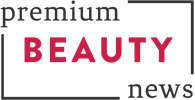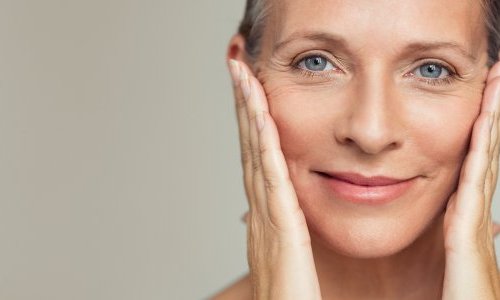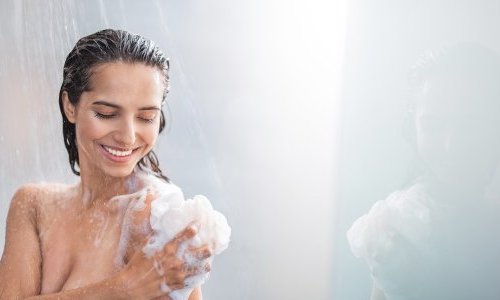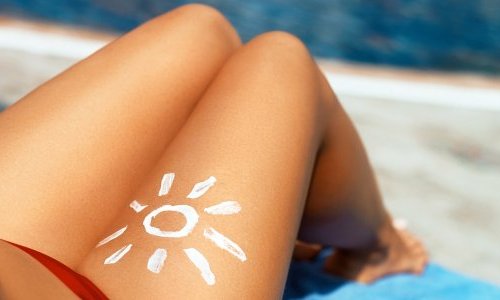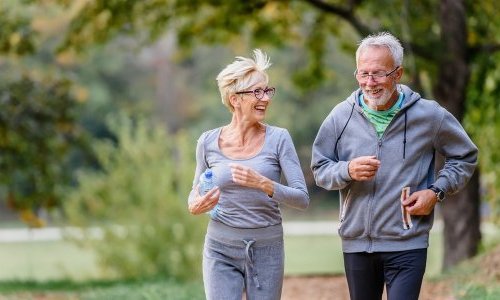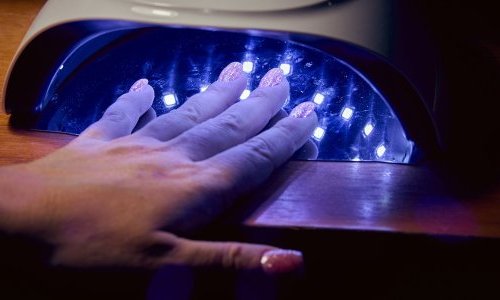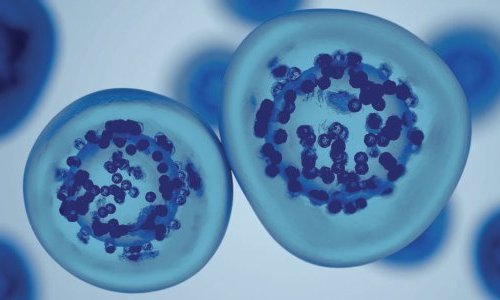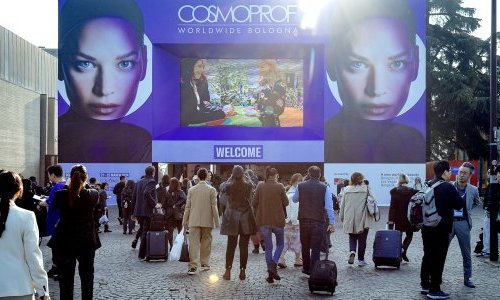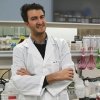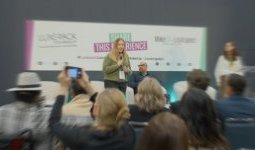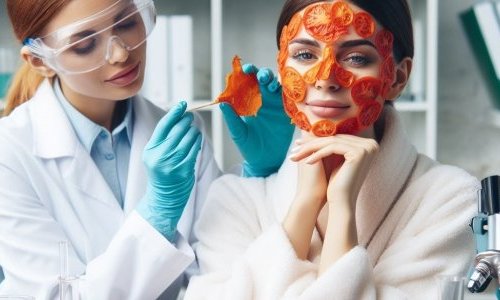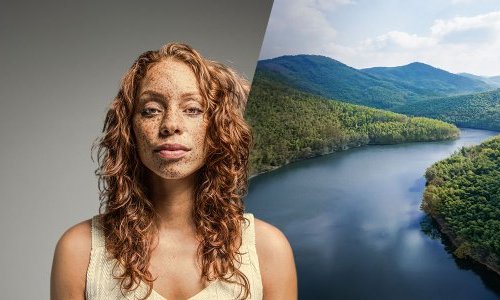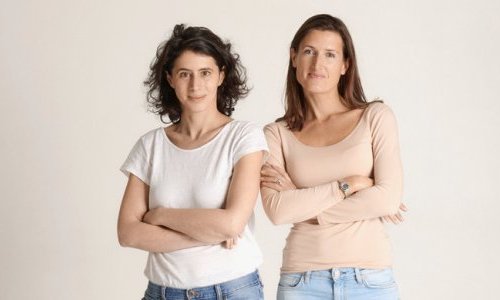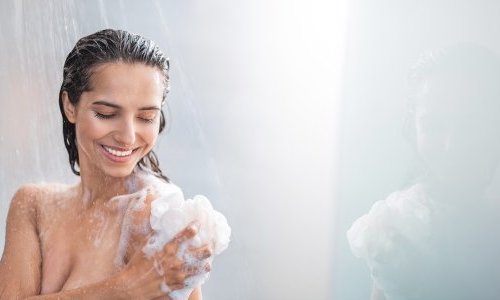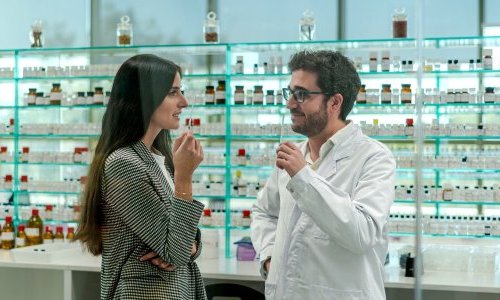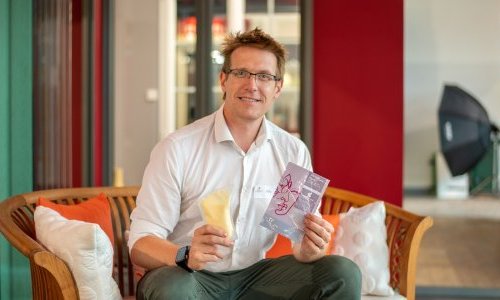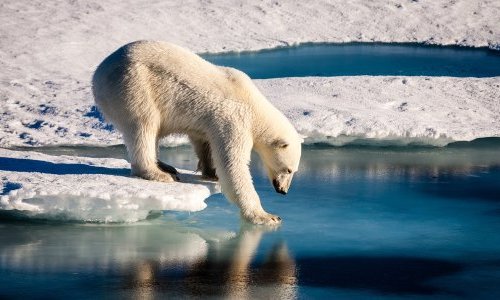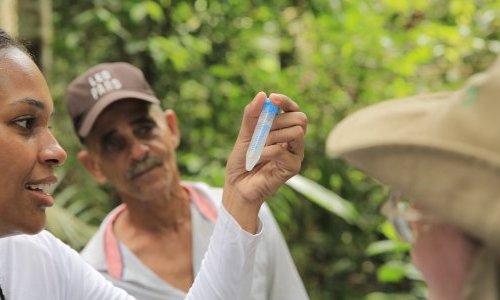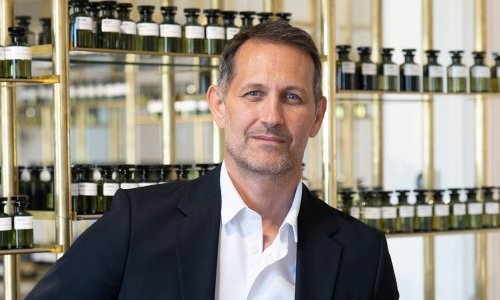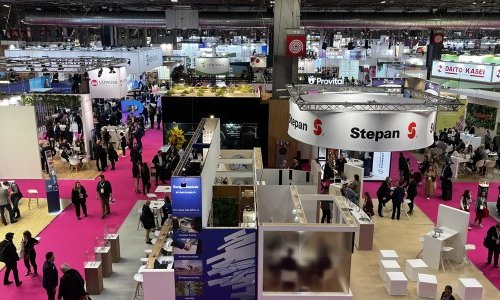Premium Beauty News - Could you come back on the creation of the Observatoire Nivea?
Anne Zavan - Nivea is a group that relies heavily on scientific research. In 2005, we wanted to add to our activities a reflection on human sciences as societal challenges. It was an initiative of the French teams, supported by the parent company in Hamburg. For this, we asked Gilles Boëtsch, a CNRS researcher and anthropologist to create a committee of experts to study the cultures of the body and of appearance as social issues. Gilles Boëtsch surrounded himself with Georges Vigarello a historian, Nadine Pomarède a dermatologist, David Le Breton a Professor of sociology and anthropology and Bernard Andrieu a Professor in epistemology and philosophy of the body.
This is a scientific committee independent from Nivea that meets four times a year. Its members confront their views, their recent readings, their prospective analysis and anticipation of the world. In parallel, some topics are subject to publication in booklets, the "Cahiers de l’Observatoire" [1].

Nivea does not intervene, or only exceptionally, in the choice of the themes defined by the expert committee. Great freedom is given. Out of the sixteen booklets published in five years, only two were the choice of the brand, namely a booklet on global beauty and another one on the world of bathrooms. The first booklets focused more specifically on the observation of the skin and since 2008, the Observatoire Nivea extended its field of reflection to the question of appearance in society. Indeed, in a world where the body image is becoming increasingly instrumental in the construction of identity, appearance has becomes a real societal issue.
The Observatoire Nivea also supports academic research by presenting the Observatoire Nivea/CNRS Award rewarding two researchers in human sciences. In 2011, the winners were Fabienne Laval, PhD in sports science and Jean-Baptiste Eczet, PhD in social anthropology (11 winners in total in the past 5 years). Their work focuses on the theme of "the construction of appearance in society".
Premium Beauty News - For whom are your booklets intended, have they inspired your launches?
Anne Zavan - As the books are written in French, the public is French speaking. They are journalists, opinion leaders, scientists, colleagues, always as part of a BtoB approach. The distribution of the paper version is limited since we only print 1,500 copies but they are also available as free downloads from our web site (www.observatoirenivea.com)
If our launches are not directly inspired by the content of booklets, on the other hand the avenues to explore they provide may well influence a discourse, the choice of communication. It sheds some light on what is happening at the level of society and of societal actions. They are sources of inspiration, a necessary food, a way of staying well acquainted with the evolution of the society.
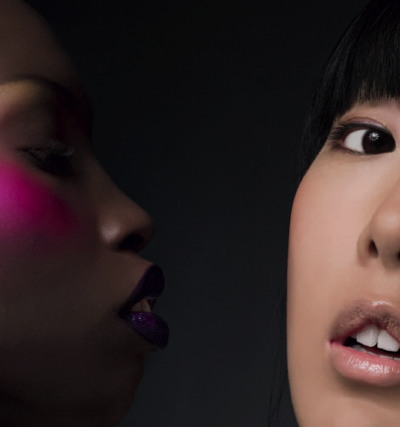
Premium Beauty News - The latest booklet focuses on the body in 50 years time, and at the exhibition, it led to a scientific symposium themed "2062, the future of the body" at the Gaîté Lyrique in Paris, how do you see the future of the body?
Bernard Andrieu - We notice a strong convergence where advances in science especially in terms of regenerative medicine, of communication techniques, of exoskeletons make that the body in 50 years will be much different from the one we currently know. The surface of the body will serve as a communication area where implants will be able to interfere in real-time with the environment, transmit information, stimulate functions. It will be like a total immersion of the body inside a network. We will be living in interactive environments where cosmetics will communicate with interfaces, new cosmetics will have become technological. Skin will be complemented by its screen. The body and the world will no longer be separated, other bodies will be added to our existence.
In immersive arts, these aspects already exist and the artist Orlan [2] is an example of this.
